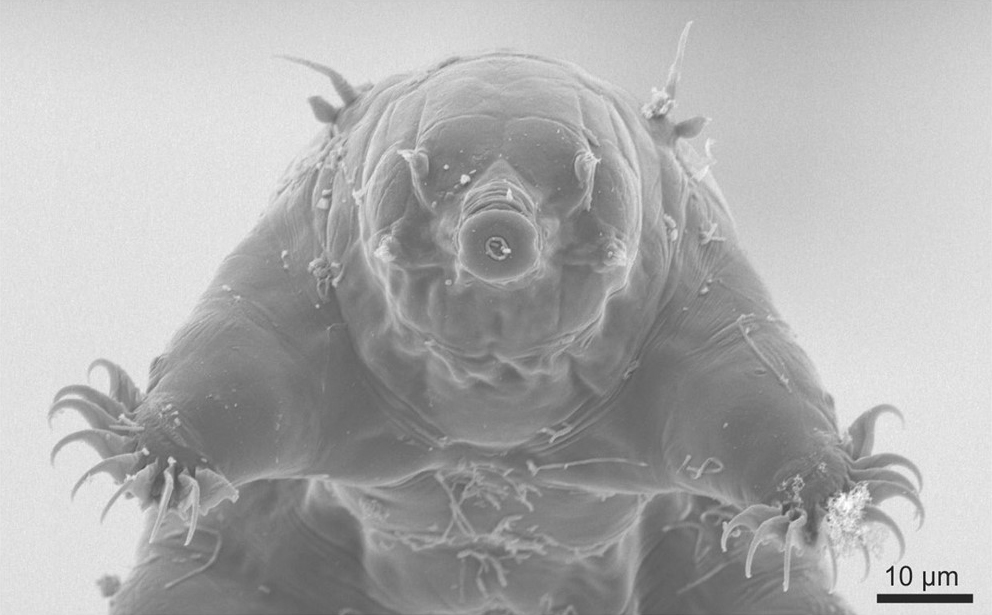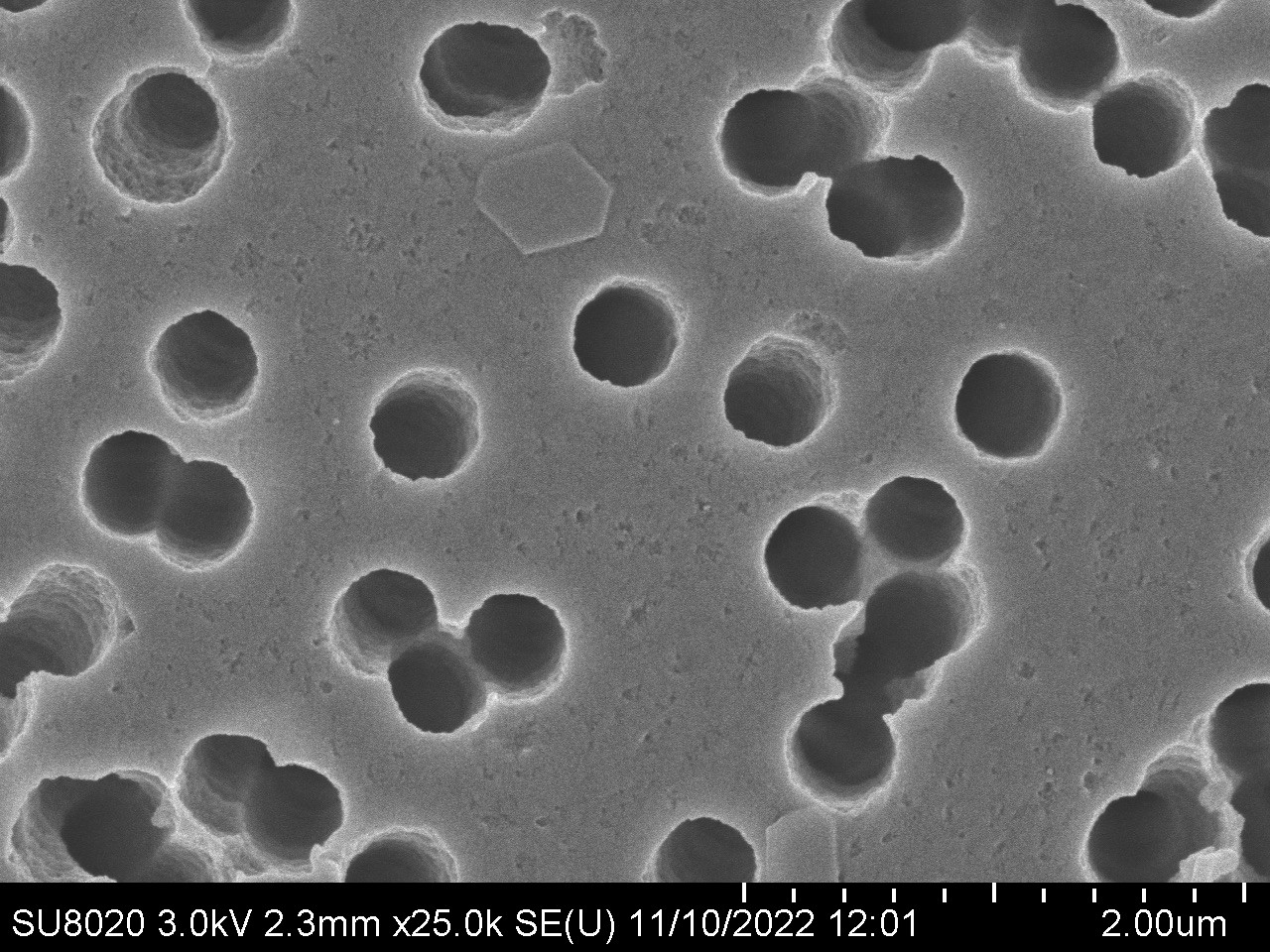JINR scientists developed unique DNA extraction method
News, 05 June 2024
Scientists from the Laboratory of Nuclear Problems and the Laboratory of Nuclear Reactions of the Joint Institute for Nuclear Research have developed a new hybrid material that can significantly simplify the process of extracting extracellular DNA from solutions. They combined an innovative track membrane with the unique Dsup protein, which protects tardigrades from radiation and reactive oxygen species. The ability of this new hybrid material to extract extracellular DNA from large volumes of solutions with microscopic concentrations of nucleic acids opens up new possibilities in biotechnology, medicine, biomonitoring, and other fields, including forensics.
Dsup (damage suppressor) is a unique protein found in the tardigrade Ramazzottius varieornatus, one of the most stress-resistant animals on Earth. It protects the tardigrade’s DNA from damage under extreme conditions such as radiation or oxidative stress. Therefore, the modest small tardigrade is like a Superman, capable of venturing into outer space without harm to its health. With this protein, it is possible to significantly enhance resistance of other organisms to physicochemical stresses. Geneticists from the JINR Laboratory of Nuclear Problems are studying the mechanisms of action and application areas of Dsup as part of a scientific project.
Physicists and engineers from the Centre of Applied Physics of the JINR Laboratory of Nuclear Reactions are developing new modifications and applications of track membranes, a unique porous material obtained by irradiating polymer films with heavy ions accelerated at the cyclotron and subsequent physicochemical processing. Pore size, varying from a few nanometres to tens of micrometres, affects various functional capabilities of the membrane; another crucial factor is the properties of the surface. The centre is developing various physicochemical methods for targeted modification of the track membrane surface.
The idea of using Dsup protein to create a composite hybrid material arose during the joint work of scientists from two JINR laboratories: DLNP and FLNR. A simple but important observation is that the Dsup protein can effectively envelop a DNA molecule, regardless of the nucleotide sequence. This means that Dsup is attracted to any DNA segment.
Upon fixing on the membrane surface, this protein can extract DNA molecules from the solution, much like a fisherman catches fish. The porous surface provides two significant advantages. Firstly, the pores increase the total surface area, allowing more DNA molecules to be captured. Secondly, stacking membranes in descending order of pore sizes opens up the fundamental possibility of separating DNA by size.
Research has shown that the new hybrid material is capable of extracting DNA from solutions with very low concentrations and retaining it on the surface and in the pores of the material. Then the DNA is extracted from the pores, and the surface of the innovative hybrid material ready for further analysis.
The ability of the new hybrid material to extract extracellular DNA from vast volumes of solutions with microscopic nucleic acid content opens up new possibilities. The process of DNA extraction from solutions has become simpler, faster, and cheaper. The approach used indicates the potential of researching extremophile organisms to create new materials. This project is a prime example of how fundamental research leads to real, practical applications. You can find out more about the scientists’ work in the Biotechnology Progress journal.


